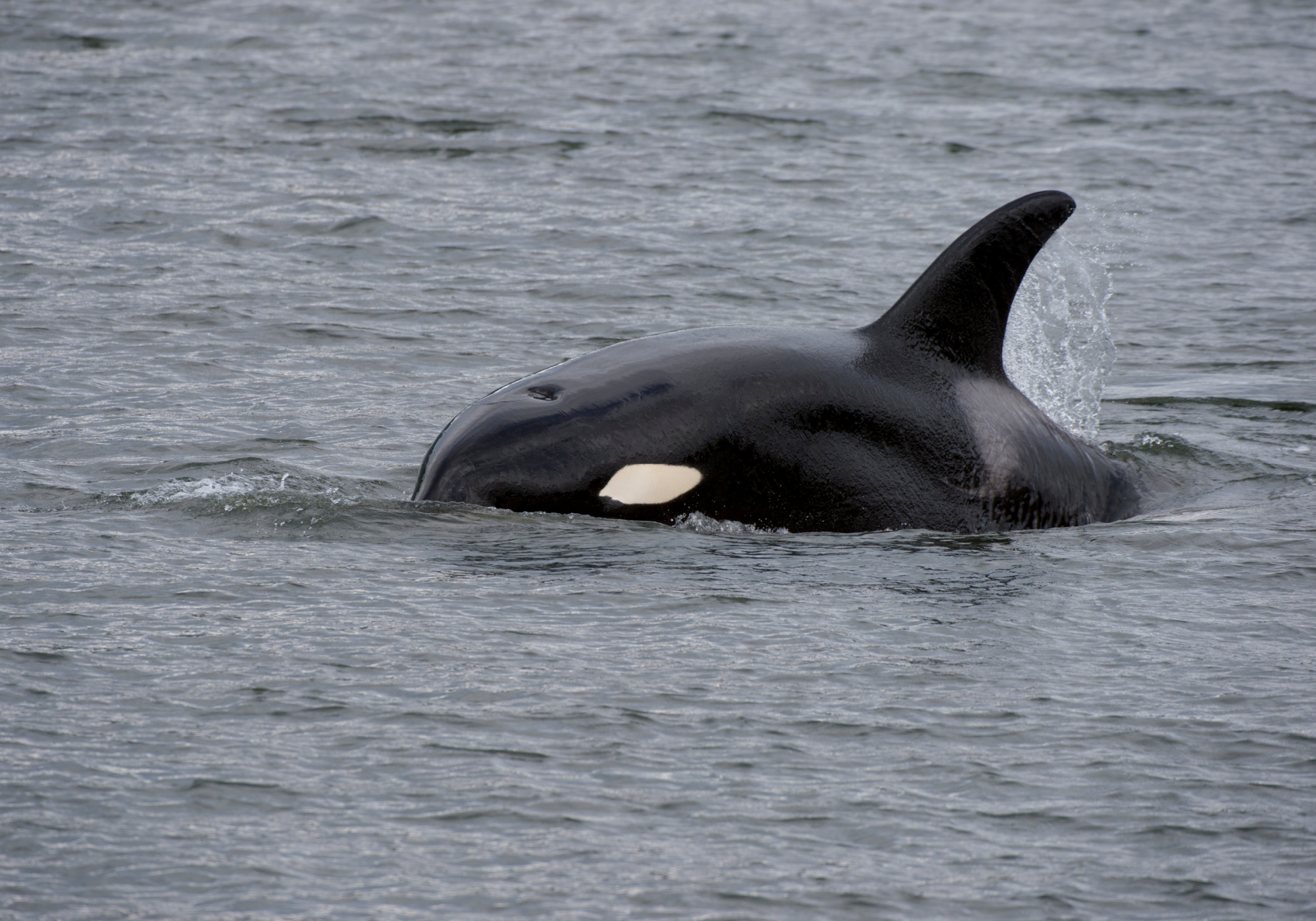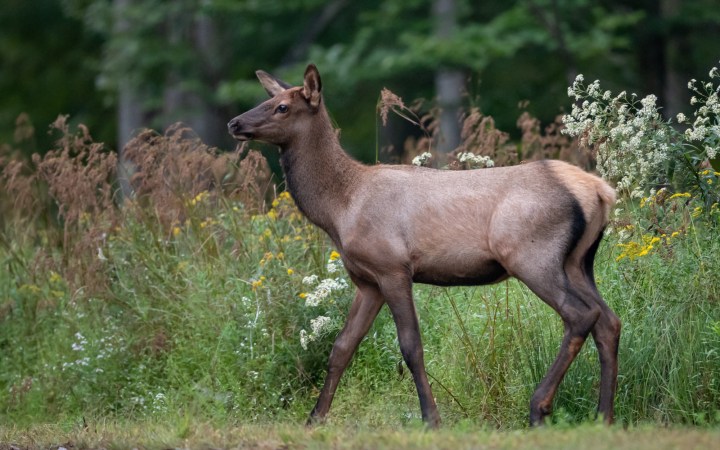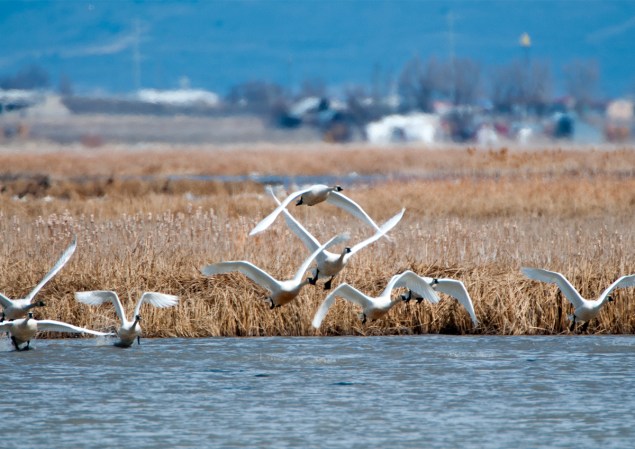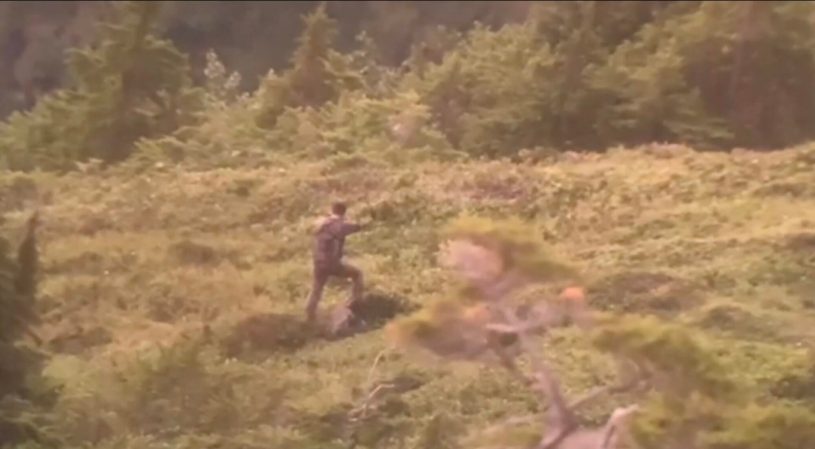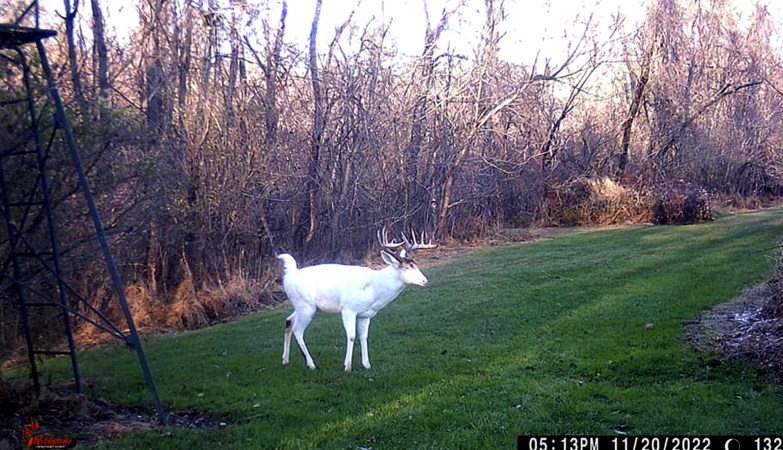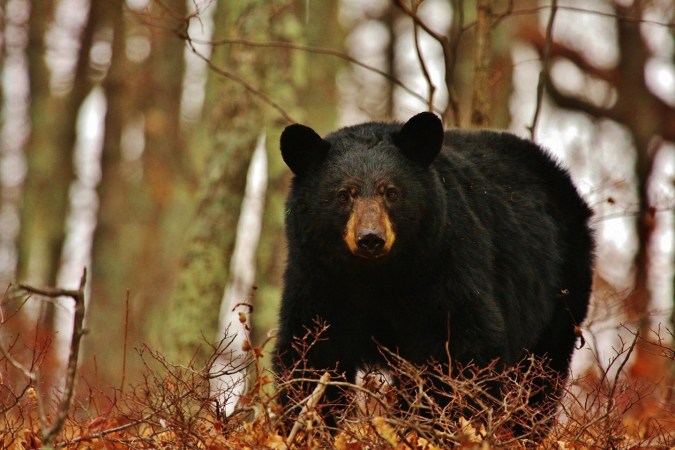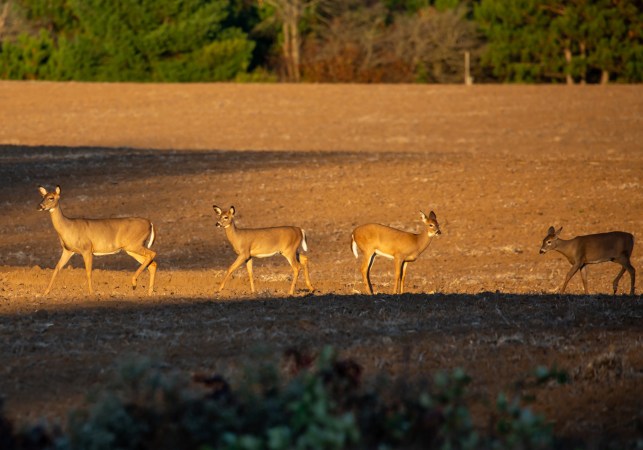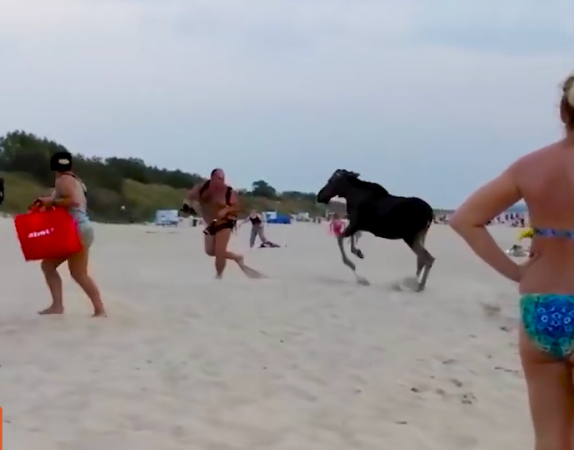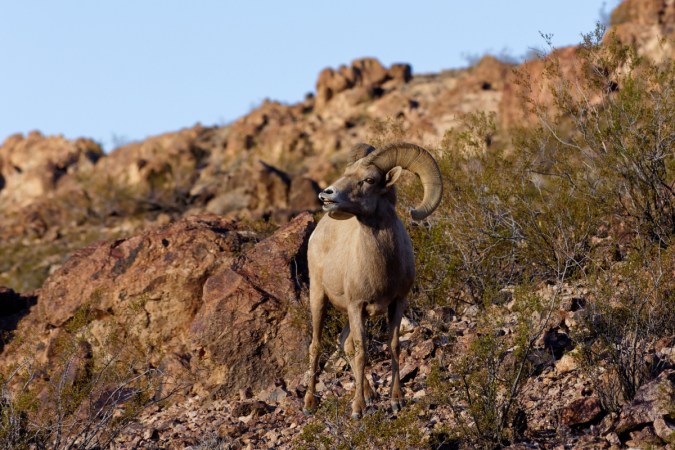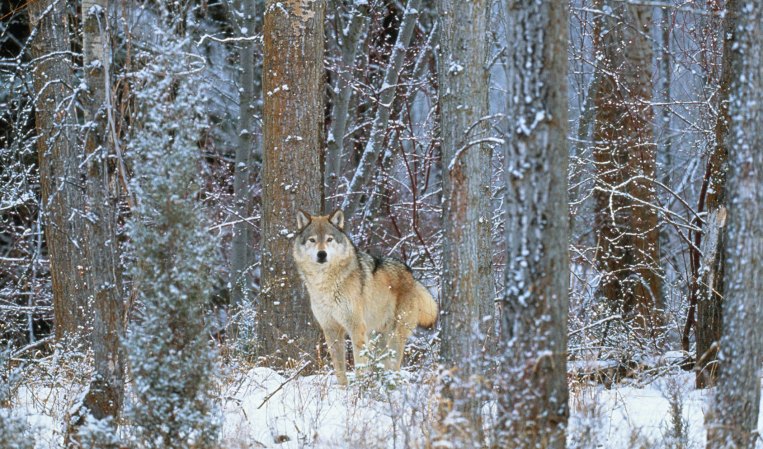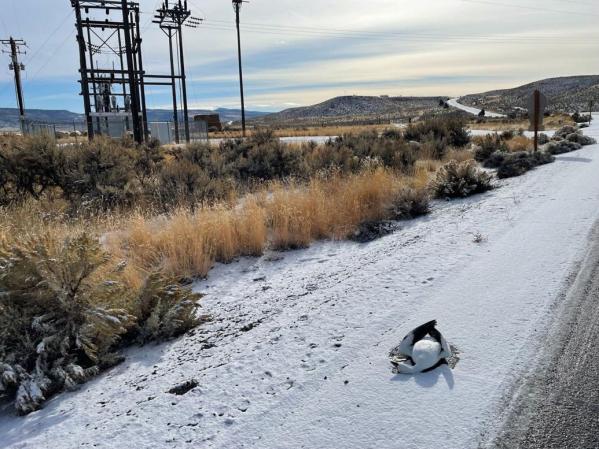Killer whales and sharks have long duked it out for a top spot in the ocean food chain. Based on size alone, we feel comfortable giving orcas the title, since the average orca weighs upwards of 7,000 pounds while female great whites (which dwarf their male counterparts) top out around 5,000 pounds. This disparity in size isn’t the only proof of orca superiority, however.
Last week, a pair of well-known killer whales went on a shark-hunting spree off the coast of South Africa, killing at least 17 Broadnose sevengill sharks in a single day. The two orcas nicknamed “Port” and “Starboard” ate only the sharks’ livers and left the carcasses to wash up on a nearby beach, according to Dr. Allison Kock, a marine biologist based in Cape Town who shared the news on Twitter. This discovery adds to a growing pile of evidence showing that killer whales hunt great whites and other sharks.
Video Shows Killer Whales Hunting Great Whites
Scientists have long believed that orcas prey on great whites and other shark species, but up until last year, no one had ever documented direct predation on video before. The scientific community’s understanding was mostly based on tourist accounts and the occasional report involving a washed-up shark carcass with the liver and other organs expertly removed.
All that changed on the afternoon of May 16, 2022, when a hobbyist drone pilot flew a drone over a group of five killer whales near Hartenbos Beach on the southern coast of South Africa. The drone filmed one of the orcas pushing a 9-foot-long shark carcass to the surface of the water near two other orcas. The three whales then began to feast on the shark’s organs.
Around the same time, a separate helicopter flying tourists over the area witnessed the same orcas killing two great white sharks. One of them eventually ate a floating shark liver “roughly the size of the killer whale’s head.” The pilots took cell phone pictures and videos of the event, but this footage wasn’t released until long after the drone video came out in June.

A study that was published in Ecology in October 2022 looks at this video footage and advances marine biologists’ understanding of how these two apex predators interact, including how great white sharks evade predation—something they aren’t forced to do very often.
“This was only part of an hour-long hunt of multiple sharks, as revealed by the exclusive helicopter footage,” a press release from Phys.org says. “The new paper offers more extensive footage, along with data from tags, drone surveys and shark-tour boats showing that white sharks fled from the Mossel Bay region of South Africa for several weeks.”
According to the study, the footage recorded from the helicopter shows the hunted sharks swimming in tight circles around the orcas. This is apparently the same technique that seals, turtles, and other prey species have exhibited when being hunted by great whites.
Read Next: Great White Shark Tales from Cape Cod’s Charter Boat Captains
“However, because killer whales are social and hunt in groups, this evasive tactic may not be effective,” the study’s authors point out.
Two of the five orcas in the feeding pod were identified as Port and Starboard. Each whale has a collapsed dorsal fin—one falls to the left and the other to the right—which helps explain the clever nicknames. Their identification was important because the video substantiated existing theories that the two male killer whales had previous experience hunting great whites and other sharks.
Implications of Killer Whales Hunting Sharks
In 2015, years before they were filmed hunting great whites, Port and Starboard were observed hunting Broadnose sevengill sharks in False Bay. A second observation was then made in 2016. Together, the two instances represented the first known records of killer whale predations on sevengill sharks in the area, according to a 2019 study led by Dr. Kock and two other biologists.
As the authors noted in the study, the back-to-back predations by Port and Starboard temporarily disrupted the larger False Bay ecosystem by causing other sevengill sharks to flee the area.
“These predation events resulted in the prolonged absence of sevengill sharks from what is the largest known aggregation site for this species globally, which remained abandoned for up to a month,” the authors wrote.
Read Next: Video Showing Killer Whales’ Hunting Tactics Demonstrates Why Orcas Are the Ultimate Predators
The False Bay predations were also revealing because they showed that the two orcas had developed a novel feeding technique where they would eat the sharks’ livers and leave the rest of the carcass unconsumed. This is the same technique that Port and Starboard used during the shark-killing spree that was documented last Friday in Pearly Beach, which is situated near Gansbaai roughly two hours east of False Bay.
Biologists think that some killer whales have developed a taste for shark livers because the livers are large and high in fat content. As the 2019 study pointed out, a shark’s liver can comprise up to one-third of its total body mass, and killer whales “are known to selectively target prey items and specific tissue types that have high lipid content.”
The fact that Port and Starboard are still targeting South African sharks for their livers reveals a couple of interesting facts about the species. It shows that once killer whales learn to target a specific prey item or body part, they will remember that for the rest of their lives and change their hunting strategy accordingly. And since orcas are social creatures that hunt and learn together, it’s possible that Port and Starboard have already taught other killer whales how to effectively hunt down great whites and other sharks.

